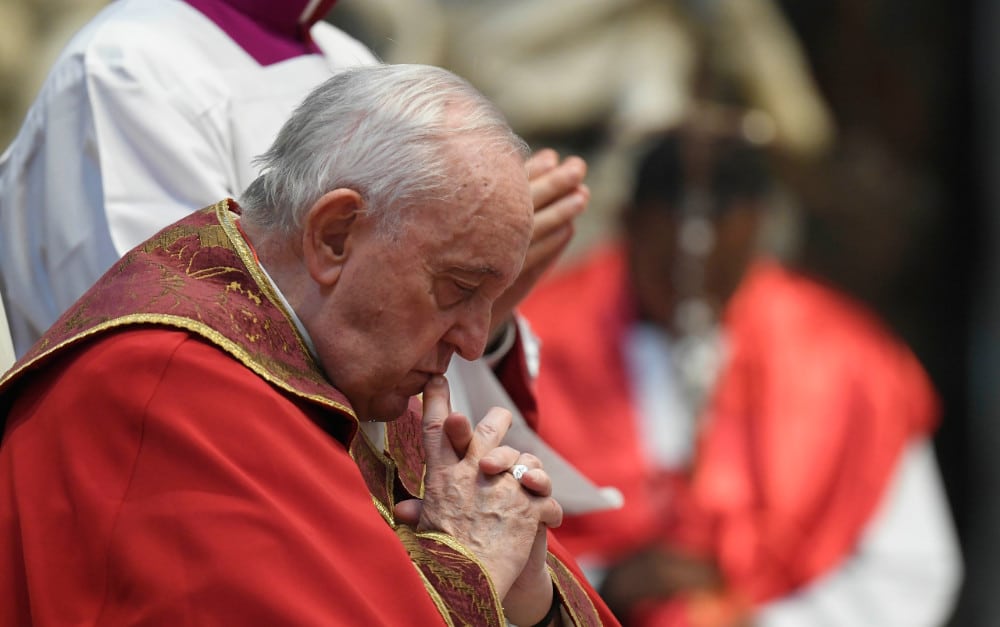VATICAN CITY (CNS) — Three Jesuit astronomers and the 16th-century pope who commissioned the Gregorian calendar have recently been honored with having asteroids named after them.
The new additions include: “562971 Johannhagen,” honoring Austrian Jesuit Father Johann Hagen, who was serving as director of the Georgetown University Observatory when Pope Pius X called him to Rome in 1906 to be the first Jesuit director of the new Vatican Observatory; “551878 Stoeger,” honoring U.S. Jesuit Father Bill Stoeger, a cosmologist and theologian who died in 2014; and “565184 Janusz,” honoring Polish Jesuit Father Robert Janusz, a philosopher and physicist on the staff at the Vatican Observatory.
A working group of the International Astronomical Union also approved of the designation of “560974 Ugoboncompagni,” honoring Ugo Boncompagni, who was elected Pope Gregory XIII in 1572.
The working group approved and published the names in its bulletin Feb. 7, the Vatican Observatory said in a press release Feb. 28. There are now 32 asteroids named after Jesuits.
Pope Gregory began the tradition of having papal astronomers and observatories. He commissioned German Jesuit Father Christopher Clavius to help with the reform of the calendar, which took his name, the “Gregorian” calendar, and still today is an internationally accepted civil calendar.
This is not the first asteroid named after a pope, however.
According to the Minor Planet Center’s asteroid orbital database, the “8661 Ratzinger” was named after Cardinal Joseph Ratzinger, the future Pope Benedict XVI, after it was discovered in Germany in 1990.
The asteroid’s discoverer chose to name it after the German theologian, who was head of the Vatican Congregation of the Doctrine of Faith at the time, honoring him as “one of the most authoritative voices in the Vatican.”
“Under his supervision, the Vatican opened its archives in 1998 to enable researchers to investigate judicial errors against Galileo and other medieval scientists,” the center’s database said.
“According to the IAU, the assignment of a particular name to a particular asteroid — minor planet — comes about through a process that can, in some cases, take decades,” the Vatican Observatory said.
Only after the orbit of a newly discovered minor planet has been “determined well enough that its position can be reliably predicted far into the future,” it said, does the body receive “a permanent designation number, issued sequentially by the IAU’s Minor Planet Center” and then its discoverer is invited to suggest a name for it.
Naming rights cannot be purchased, it said, and “names of pets or names of a commercial nature are not allowed.” Proposed names are then judged by the working group committee.
The very first asteroid, Ceres, was discovered by an Italian priest, Theatine Father Giuseppe Piazzi, in 1801. The 1000th asteroid to be designated was named Piazzi in his honor in 1923, a lunar crater was named after him in 1935 and a large feature on Ceres, possibly a crater, imaged by the Hubble Space Telescope has been informally named Piazzi.
More than 30 objects on the moon are named after Jesuits, starting with the Riccioli Crater named after Jesuit Father Giovanni Battista Riccioli, who developed the system, still in use today, of naming lunar objects. He led the naming and cataloging of many of the moon’s larger craters, including the “Sea of Tranquility” where the Apollo 11 mission landed three centuries later.







